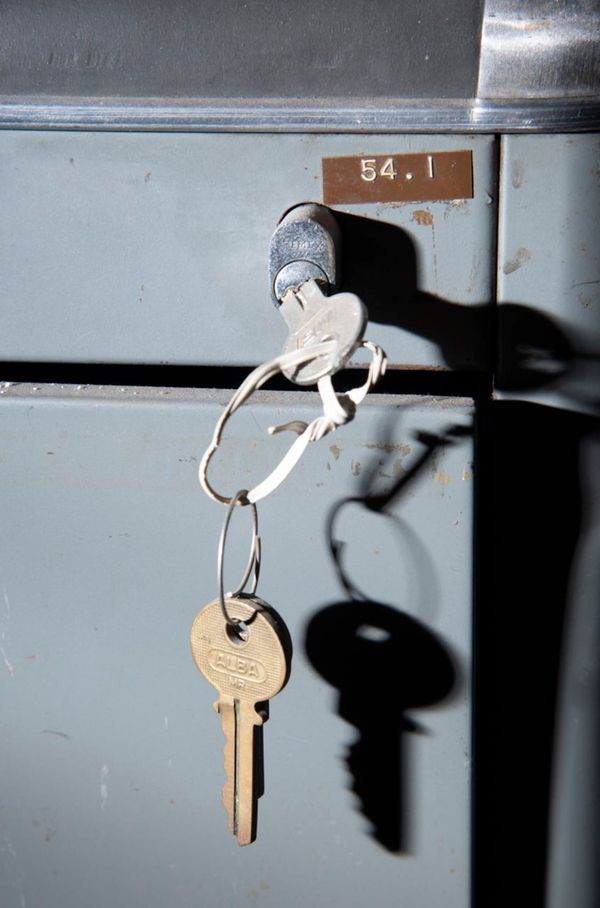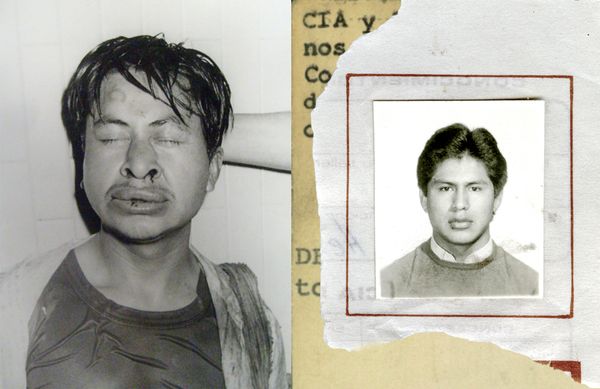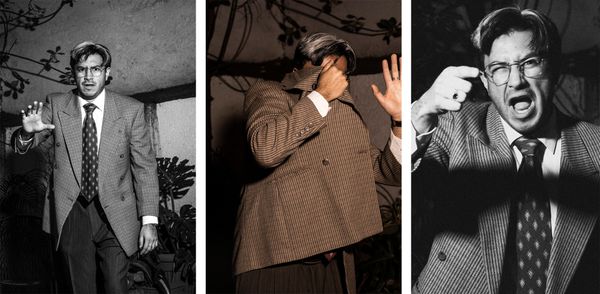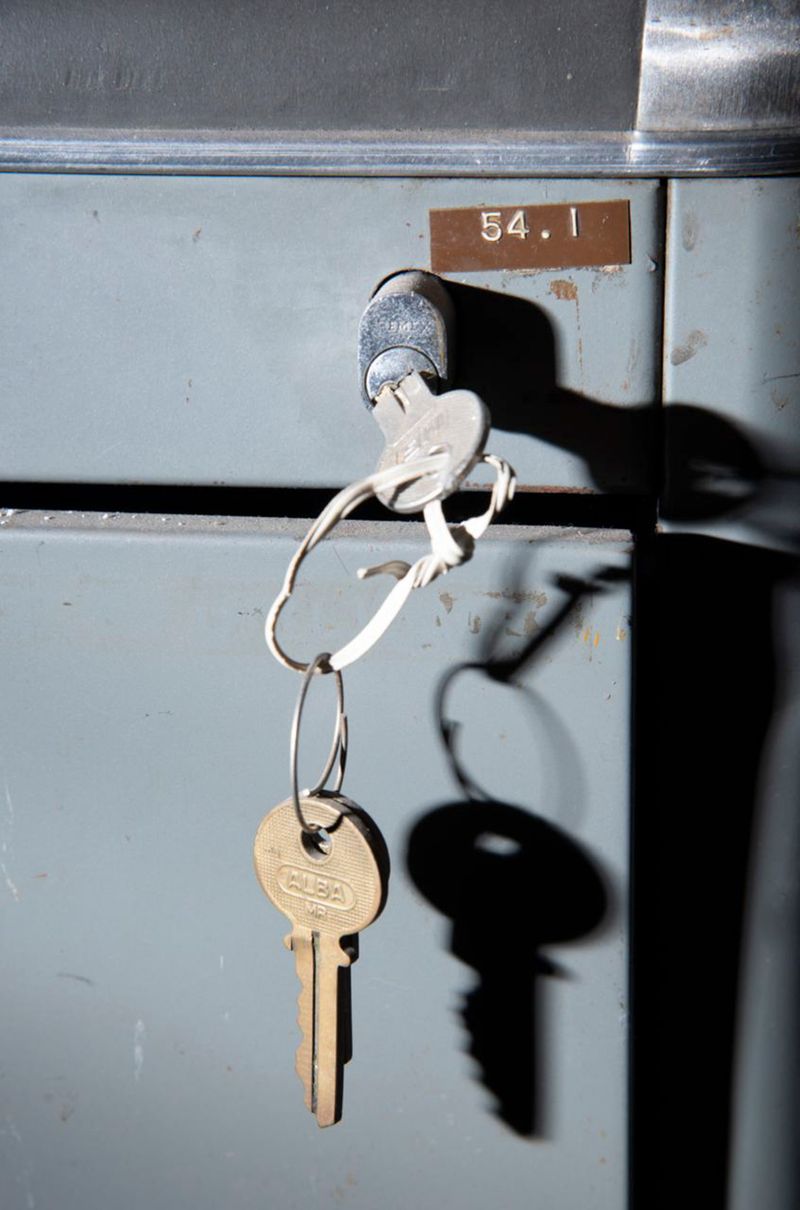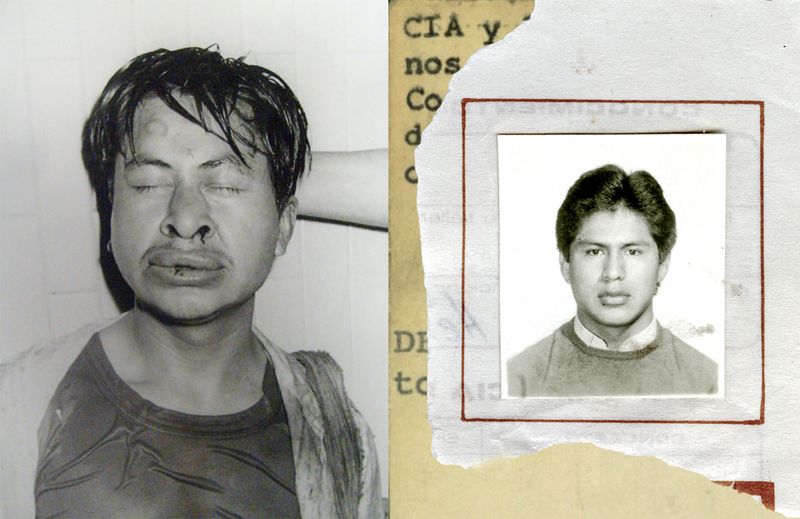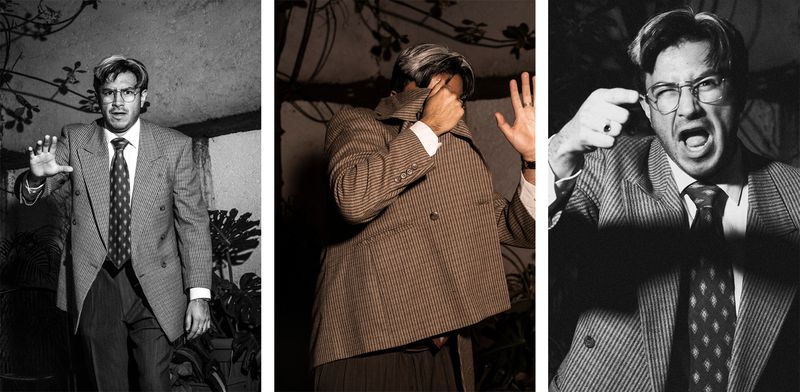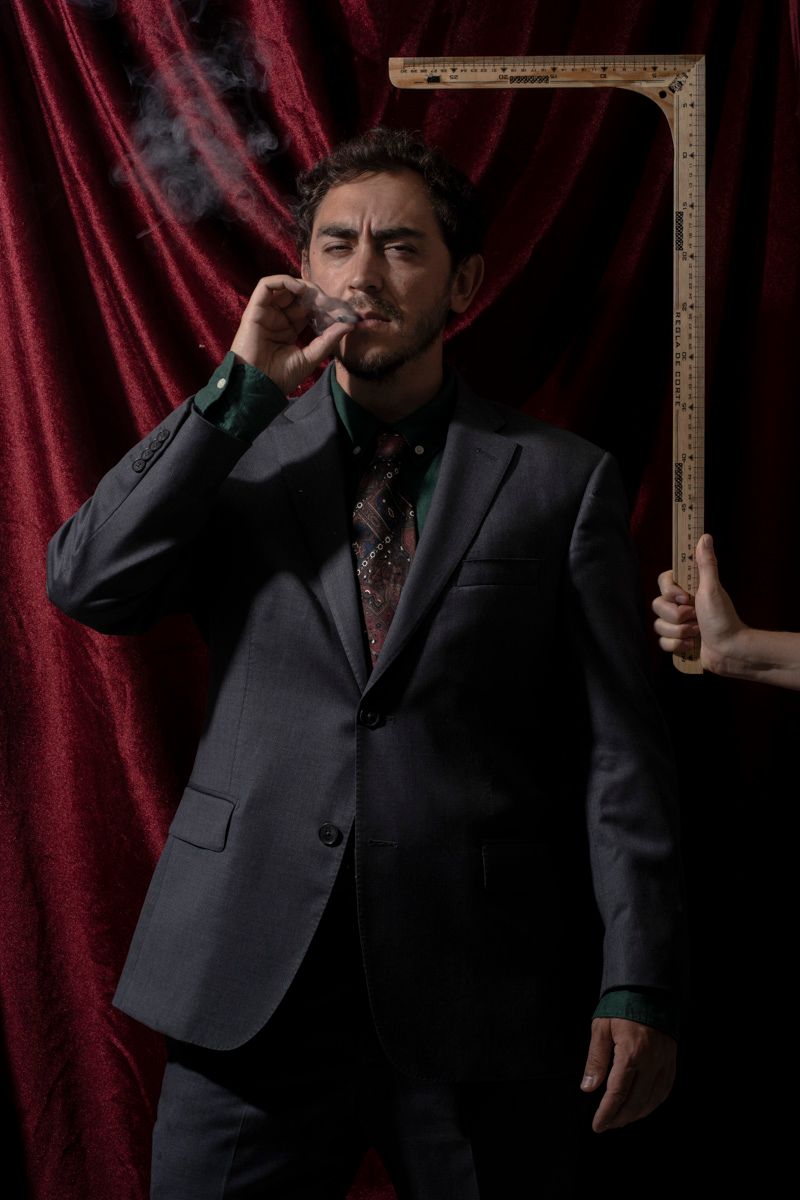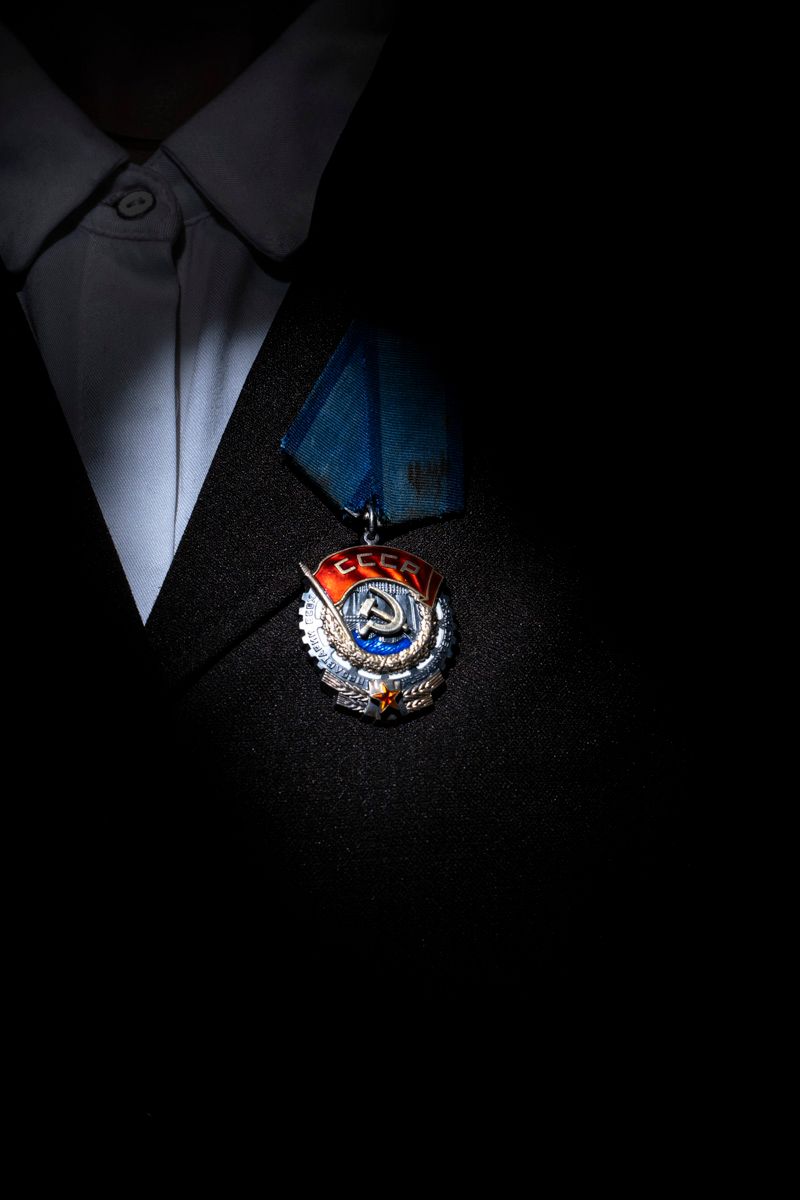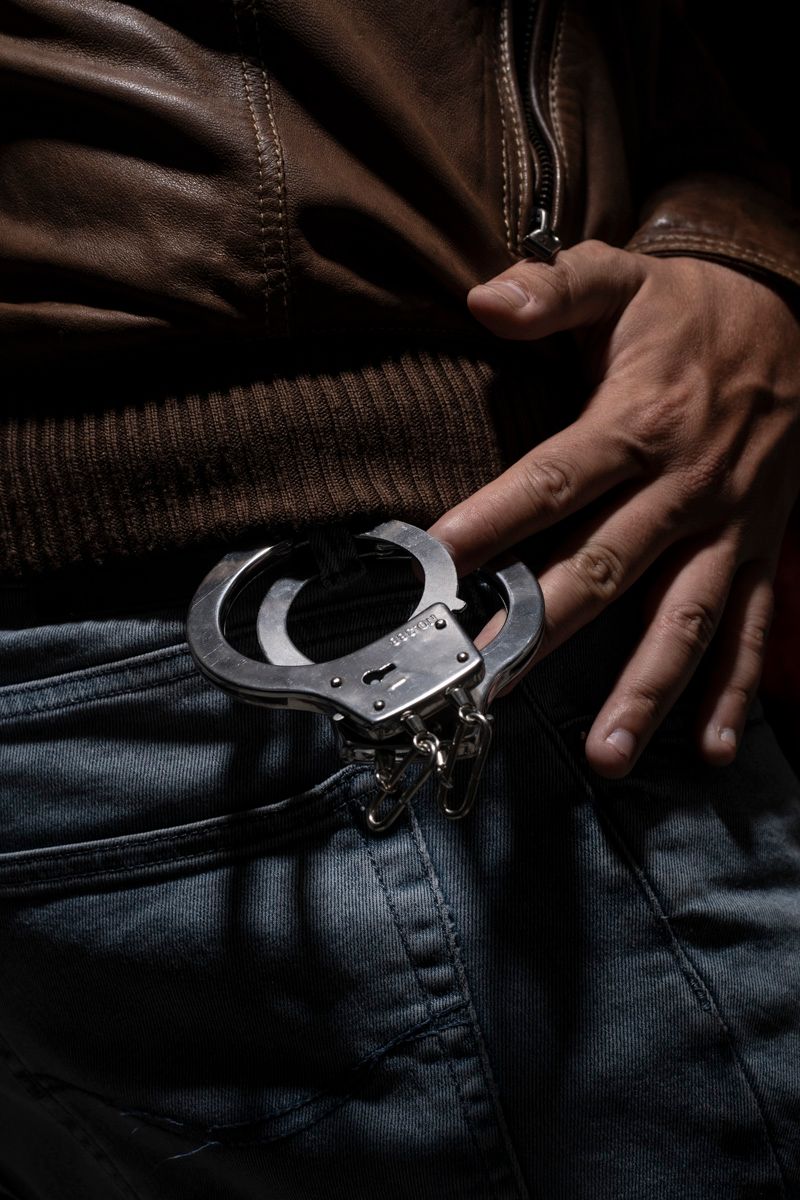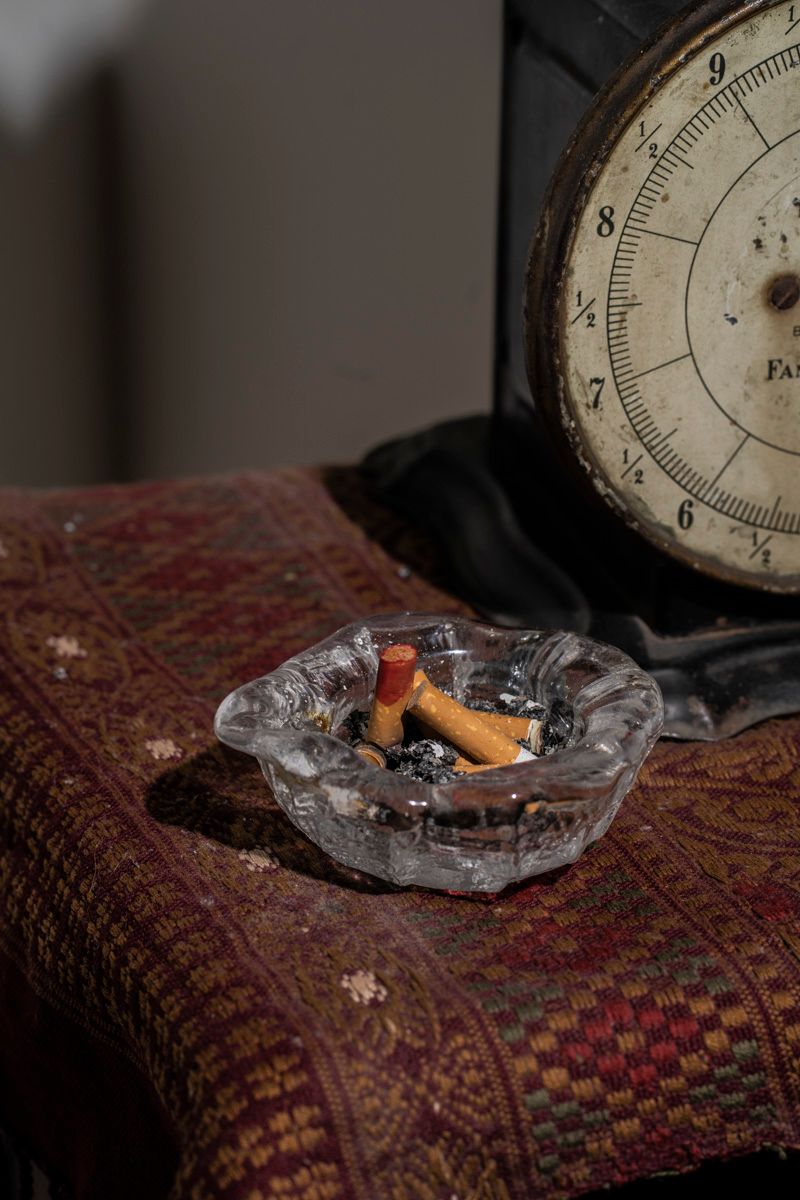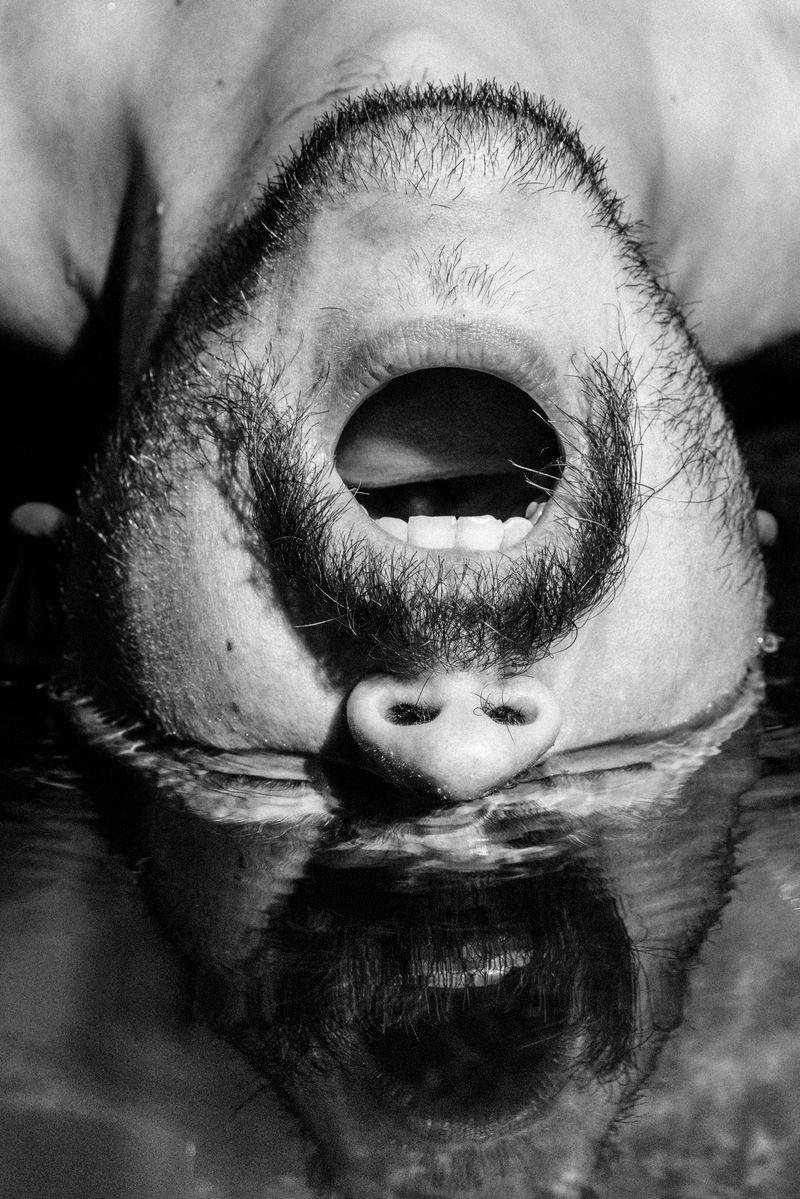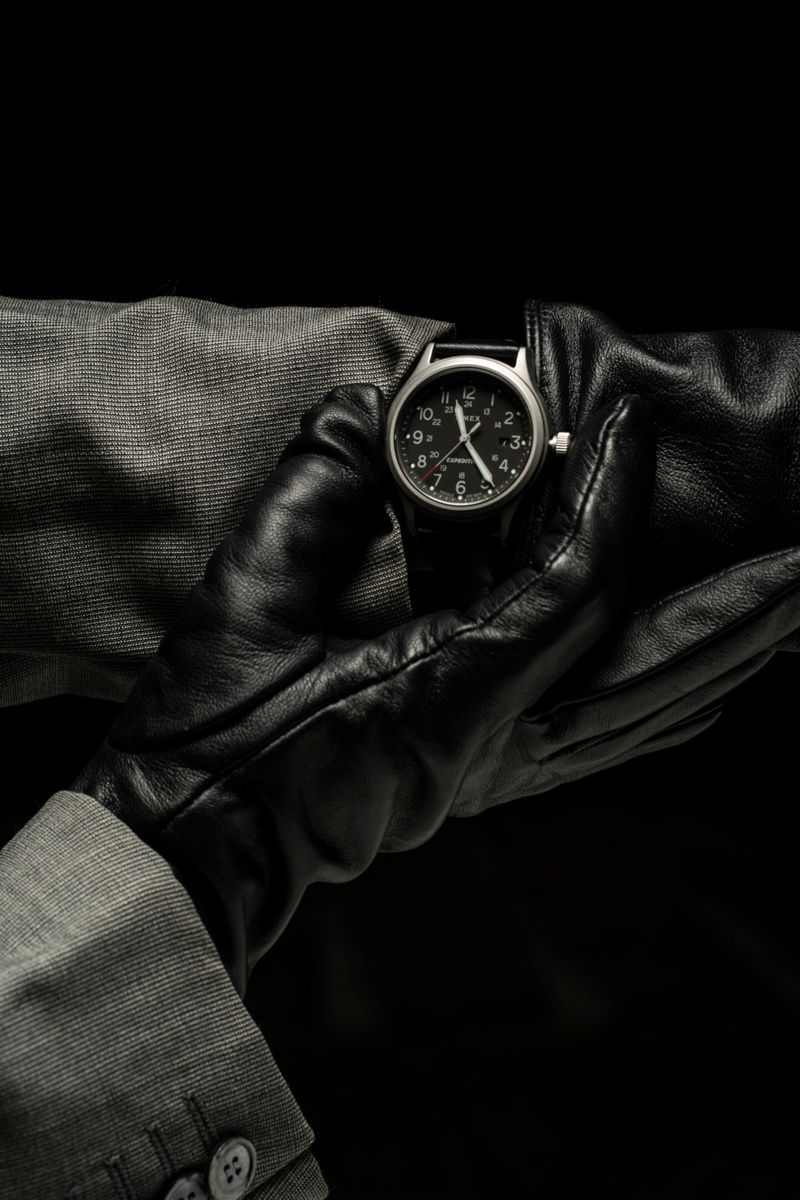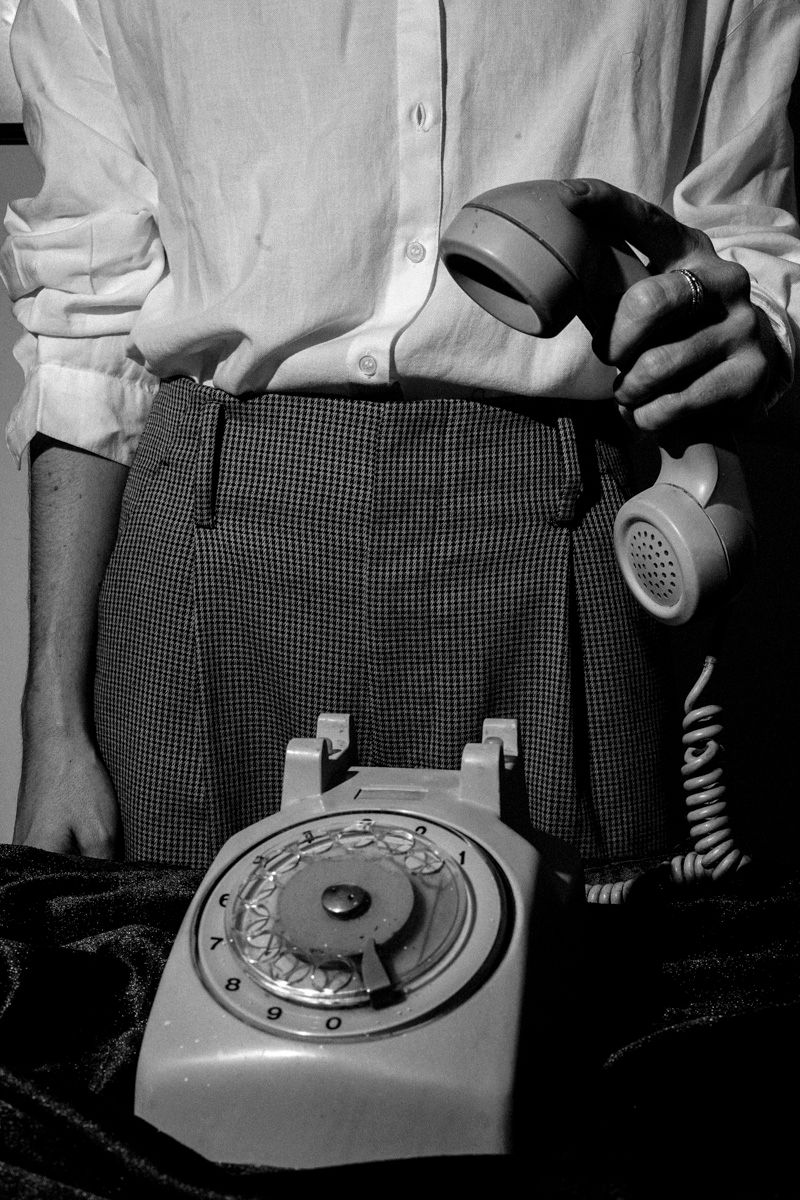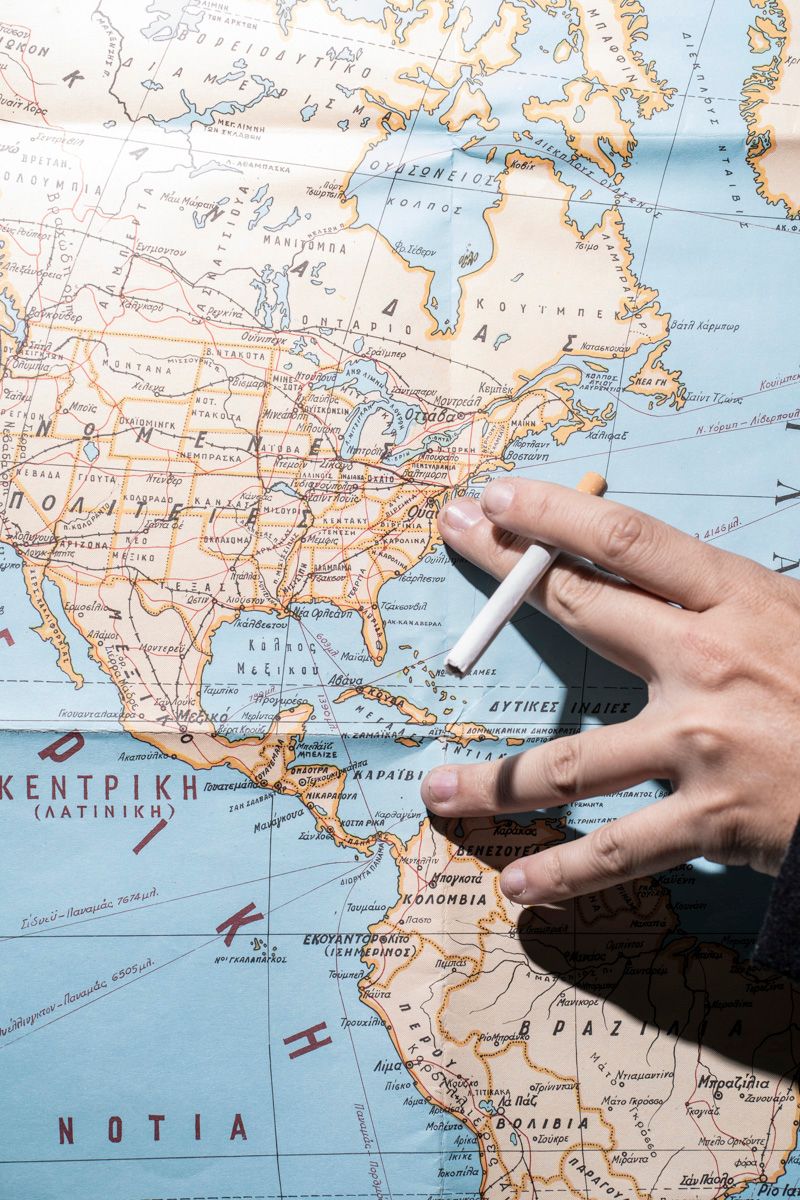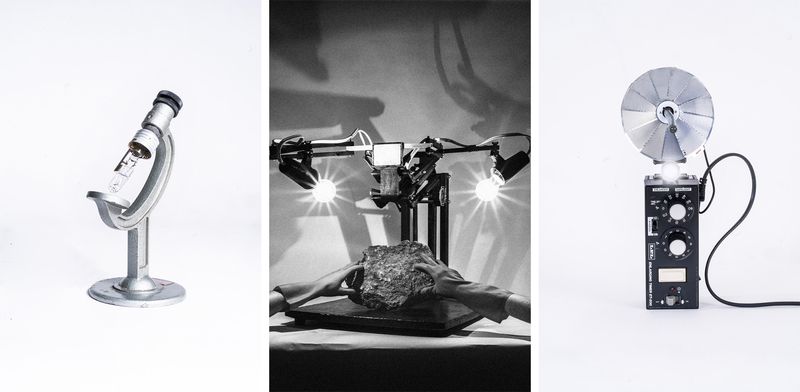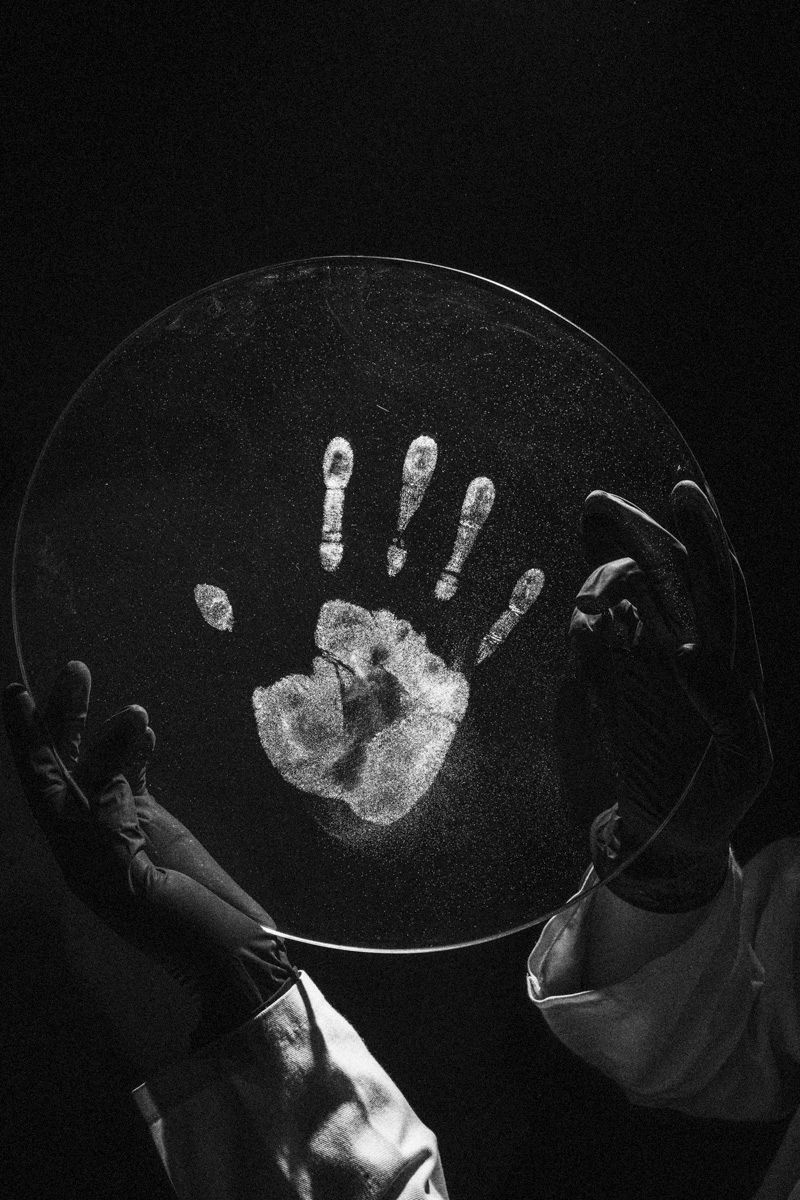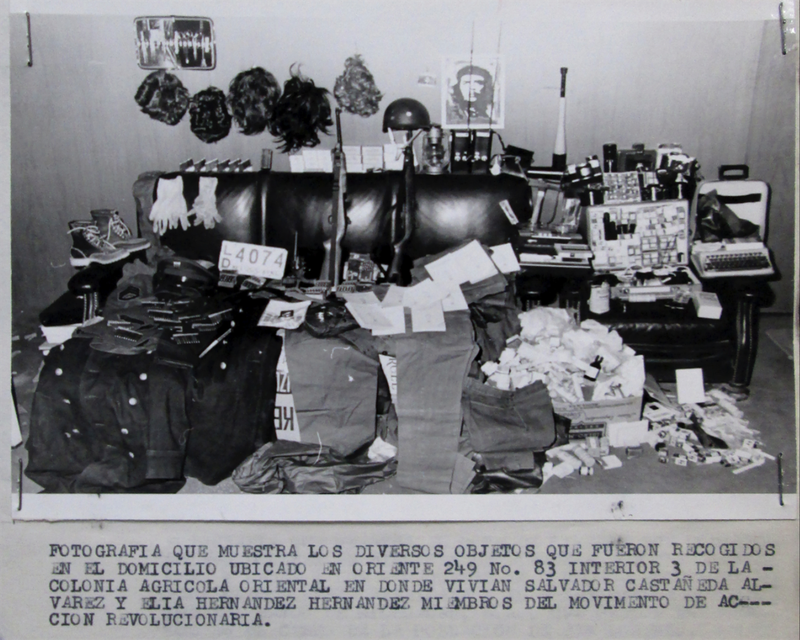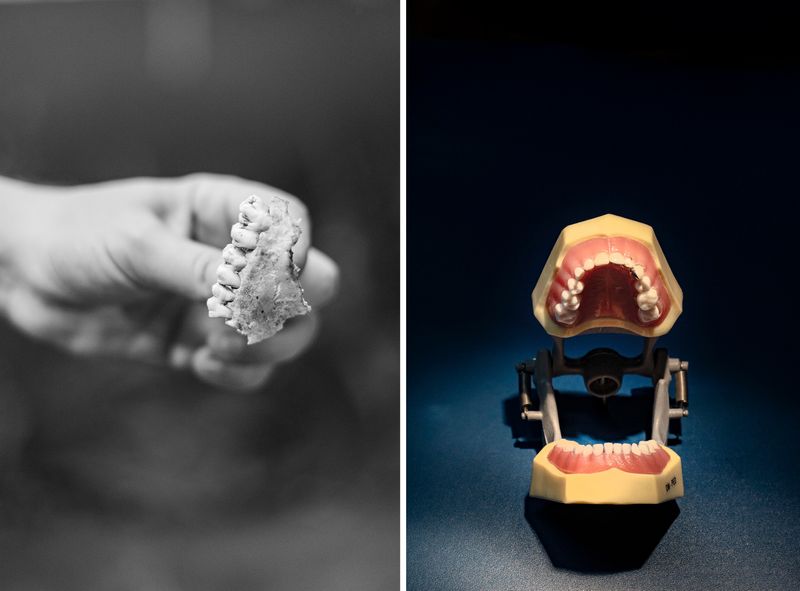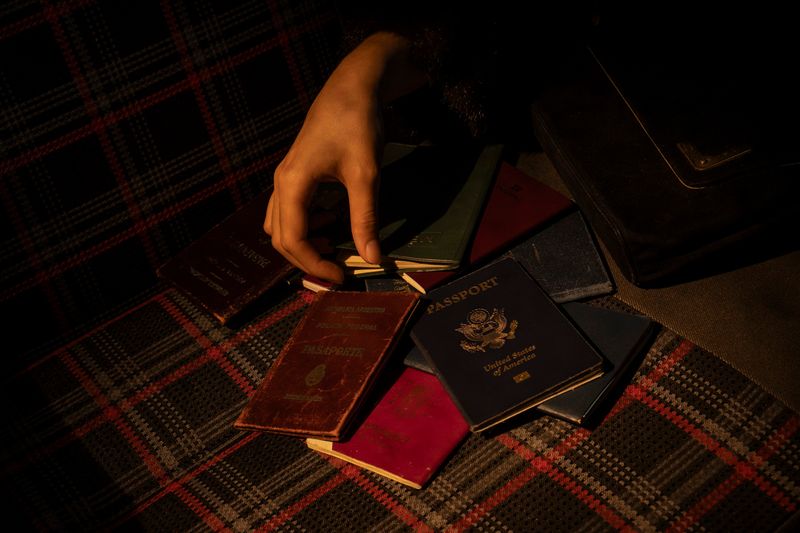The dice was loaded from the start
-
Dates2023 - Ongoing
-
Author
- Location Mexico City, Mexico
During the height of the Cold War, Mexico City became the perfect battlefield for the United States and the Soviet Union to spy on each other. This is a project by Eleana Konstantellos & Valeria Arendar.
A project by Eleana Konstantellos & Valeria Arendar
During the height of the Cold War, Mexico City became the perfect battleground for the United States and the Soviet Union to spy on each other. It was well known that American and Soviet spies were everywhere. It is even said that every Mexican president who governed the country between 1958 and 1988 was recruited by the Central Intelligence Agency (CIA) under Operation LITEMPO.
Mexico City functioned as a strategic point for both sides, since it was the only territory in Latin America where both countries had diplomatic representation. Among the personnel of each embassy were “secret” agents from their respective intelligence offices, who enjoyed freedom of movement throughout the country.
This project questions the free operation of espionage networks on all fronts. In this way, we seek to decipher how Mexico City became one of the main nodes of global espionage, serving both the defense of capitalism and the advance of communism in Latin America. We aim to understand Mexico’s geopolitical importance as a grand stage of the Cold War, through a history of intrigues, betrayals, executions, and torture. The intention is to trace how these practices were transformed and remain active today, revealing the ways in which espionage mutates, camouflages itself, and endures as an invisible force in the present.
This is an ongoing project.
